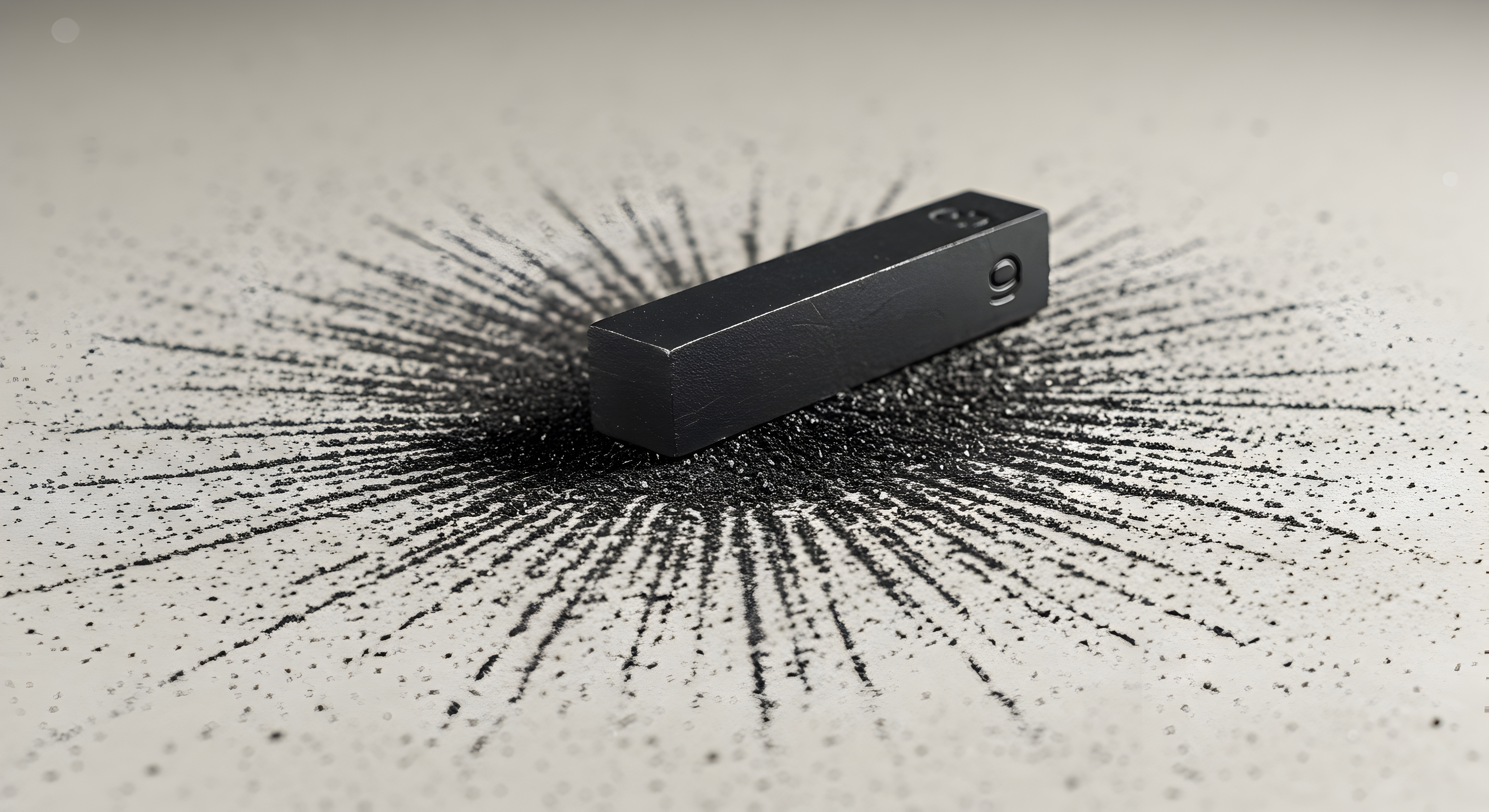ALBA Synchrotron

An international research collaboration, led by the Universitat Autònoma de Barcelona, has demonstrated the potential of magneto-ionics – control of magnetism via voltage-driven ion migration – to modulate the properties of artificial antiferromagnets. The study opens new avenues for spintronic devices. Experiments done at the ALBA Synchrotron were crucial to shed light on the mechanisms responsible for the magneto-ionic control of Ruderman-Kittel-Kasuya-Yosida (RKKY) interactions.
Voltage-driven ion migration provides a powerful mechanism to modulate magnetism and spin-related phenomena in solids, offering significant potential for the development of energy-efficient next-generation micro- and nanoelectronic devices. Synthetic antiferromagnets, comprising two ferromagnetic layers antiferromagnetically coupled via a thin non-magnetic spacer, offer key advantages for spintronic applications, including enhanced thermal stability, reduced magnetostatic interactions, and robustness against external magnetic fields in magnetic tunnel junctions. Despite its technological promise, magneto-ionic control of antiferromagnetic coupling in multilayers remains largely unexplored and poorly understood, especially in systems that avoid reliance on platinum-group metals.
In a recent publication, scientists from the Universitat Autònoma de Barcelona (UAB), Singulus Technologies (Germany), the Catalan Institution for Research and Advanced Studies (ICREA) and the ALBA Synchrotron have demonstrated room-temperature voltage control of Ruderman-Kittel-Kasuya-Yosida (RKKY) interactions in Cobalt/Nickel-based synthetic antiferromagnets.
The experiments reveal voltage-induced transitions between ferrimagnetic (uncompensated) and antiferromagnetic (fully compensated) states, along with notable modulation of the RKKY bias field offset, the emergence of additional switching events, and the formation of skyrmion-like domain bubbles under relatively low gating voltages.
These effects are attributed to voltage-driven oxygen migration within the multilayers, as confirmed by microscopic and spectroscopic analyses. X-ray absorption spectra (XAS) of the samples were performed at the BOREAS beamline of ALBA. XAS was used to characterize, at room temperature, the elemental composition and oxidation state of the films. The findings were crucial to understand the mechanisms of the magneto-ionic control of the synthetic antiferromagnet structures.
A new approach to optimize magnetic tunnel junctions
Magnetic tunnel junctions continue to face several key challenges that hinder their performance and scalability:
- limited magnetic stability of the reference layer under external magnetic fields.
- interlayer dipolar interactions, where the magnetic moment of the reference layer disturbs the magnetization reversal of the free layer, degrading device performance.
- poor thermal stability across a wide temperature range.
- restricted areal density, as scaling down the lateral dimensions of magnetic tunnel junctions often leads to superparamagnetic effects that compromise device reliability.
To address these limitations, synthetic antiferromagnets have been developed and widely adopted as reference layers in magnetic tunnel junctions. They are composed of two ferromagnetic layers coupled antiferromagnetically through a thin non-magnetic spacer (e.g., Ruthenium, Rhodium, or Iridium) via RKKY exchange coupling. Synthetic antiferromagnets provide multiple advantages: improved magnetic stability, reduced dipolar interactions (especially when the two ferromagnetic layers are magnetically compensated, eliminating stray fields), enhanced thermal robustness, and the potential for higher areal density and more compact device architectures.
For optimal magnetic tunnel junction performance, synthetic antiferromagnets structures exhibiting stronger antiferromagnetic coupling – i.e. larger RKKY exchange fields – are desirable, as they allow for a wider magnetic field window to pin the free layer magnetization without inducing unwanted magnetic interactions. Despite recent progress in the field, electric current-based magnetization switching schemes in magnetic tunnel junctions still pose challenges in terms of energy efficiency. Significant reduction of ohmic loss is envisaged by using voltage (or electric fields), instead of current, to control magnetism.
Thus, it is clear that the reported modulation of antiferromagnetically RKKY coupled multilayers with electric field is of great interest and technological relevance for magnetoresistive random access memory (MRAM) development. Magneto-ionic control of RKKY interactions offers a versatile platform for developing next-generation spintronic devices with low power consumption, non-volatility, and dynamic reconfigurability. By enabling voltage-driven tuning of interlayer magnetic coupling, this approach holds promise for applications in voltage-controlled MRAM, neuromorphic computing, and spintronic logic, where analog modulation and multi-state behavior are desirable. It also enhances the performance of magnetic sensors and spin valves by stabilizing antiparallel states and reducing power demands.
Moreover, the ability to induce and control skyrmion-like domain structures through ionic gating opens pathways toward high-density memory and skyrmion-based logic. This tunable functionality, combined with post-fabrication adaptability, positions magneto-ionics as a powerful tool for engineering energy-efficient, scalable, and secure magnetic devices.
![Magnetic hysteresis behavior of the as-grown [Ni/Co]7/Ru/[Co/Ni]5 stacks with variable Ru thickness, tRu. a) Schematics of magnetic moment reversal for the uncoupled [Co/Ni]5 stack (in red), and representative schematics of spin switching of top and bottom MLs in [Ni/Co]7/Ru/[Co/Ni]5 stacks with three- (tRu = 0.60 nm, in green) and four- (tRu = 0.95 nm, in dark brown) steps. b) Room-temperature hysteresis loops of the as-grown [Co/Ni]5 MLs and [Ni/Co]7/Ru/[Co/Ni]5 stacks with variable tRu. c) Dependence of the RKKY coupling field, Hex, and exchange coupling strength, Jex, as a function of tRu. Original figures from https://doi.org/10.1002/adma.202415393.](/ca/recursos/news/im-rkky.png/@@images/image-626-e1add9fe71e704a6a44f6c62be458e1e.png)
Magnetic hysteresis behavior of the as-grown [Ni/Co]7/Ru/[Co/Ni]5 stacks with variable Ru thickness, tRu. a) Schematics of magnetic moment reversal for the uncoupled [Co/Ni]5 stack (in red), and representative schematics of spin switching of top and bottom MLs in [Ni/Co]7/Ru/[Co/Ni]5 stacks with three- (tRu = 0.60 nm, in green) and four- (tRu = 0.95 nm, in dark brown) steps. b) Room-temperature hysteresis loops of the as-grown [Co/Ni]5 MLs and [Ni/Co]7/Ru/[Co/Ni]5 stacks with variable tRu. c) Dependence of the RKKY coupling field, Hex, and exchange coupling strength, Jex, as a function of tRu. Original figures from https://doi.org/10.1002/adma.202415393.